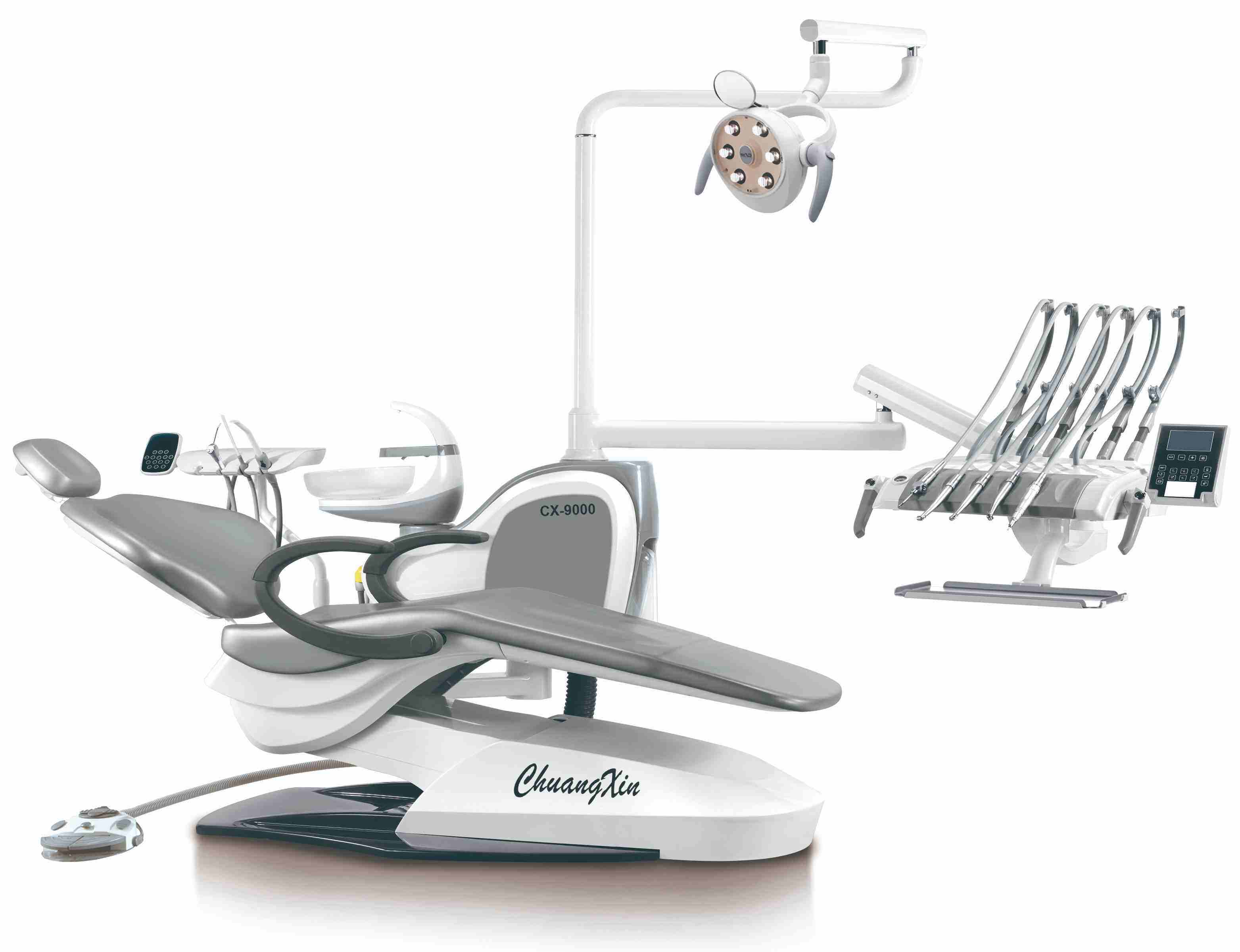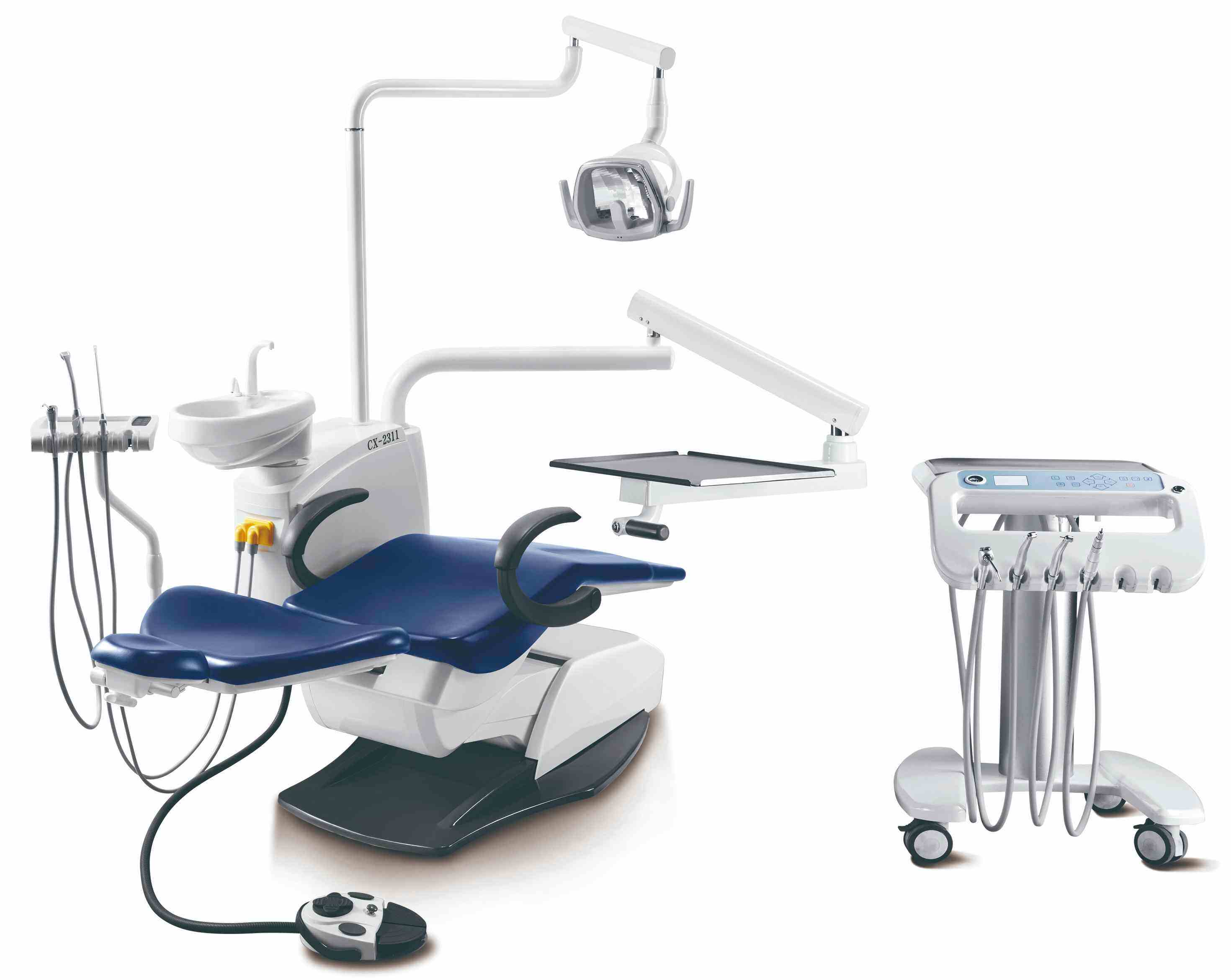Dental handpieces are the unsung heroes of every dental practice, wielding a significant impact on patient care and the efficiency of dental procedures. Selecting the right handpiece tailored to your practice's needs can elevate clinical outcomes, enhance practitioner comfort, and streamline daily operations. In this post, the author will give a full introduction to dental handpieces.
Dental handpieces come in various types, each serving specific purposes:
●Air-driven Handpieces: These rely on compressed air to generate rotational motion. They are versatile, cost-effective, and commonly used for various procedures.
●Electric Handpieces: Powered by electric motors, these offer consistent torque, precision, and versatility. They excel in intricate procedures where control and accuracy are paramount.
●High-speed vs. Low-speed Handpieces: High-speed handpieces operate at a rapid pace, suitable for cutting and shaping, while low-speed handpieces offer better control for polishing and precision work.
When purchasing the perfect dental handpiece, several crucial factors should guide your decision-making process:
Different dental procedures require varying speeds and torque. Ensure the handpiece you choose aligns with the requirements of your most common procedures.
High-speed handpieces are suitable for cutting and shaping, while low-speed options offer better precision for polishing and delicate work.

The design and ergonomics of a handpiece significantly impact practitioner comfort during lengthy procedures.
Look for a handpiece that fits comfortably in your hand and minimizes hand and wrist fatigue. Ergonomic designs can enhance control and precision while reducing the risk of repetitive strain injuries.
Consider the ease of maintenance and the longevity of the handpiece. Opt for models with simple maintenance requirements and durable construction to minimize downtime and replacement costs. Easy-to-clean designs can also contribute to infection control protocols in the practice.
Ensure the handpiece suits the specific procedures you commonly perform. Some handpieces are better suited for restorative work, while others excel in endodontics, oral surgery, or prophylaxis. Choose one that meets the demands of your practice’s clinical requirements.
.png)
Decide between air-driven and electric handpieces based on your needs. Air-driven handpieces are cost-effective and versatile, while electric handpieces offer precision, consistent torque, and enhanced control for intricate procedures.
Balance the quality, features, and cost-effectiveness of the handpiece. While investing in a high-quality handpiece is crucial, ensure it aligns with your budget and offers a reasonable return on investment concerning enhanced efficiency and patient care.
Opt for handpieces backed by reliable warranties and comprehensive after-sales support. This ensures easy access to repairs, replacements, or technical assistance, minimizing disruptions to your practice in case of issues.
Seek opinions and recommendations from colleagues, industry experts, or trusted suppliers. Real-world experiences can provide valuable insights into the performance and reliability of different handpiece models.

Stay updated on advancements in dental handpiece technology. Newer models might offer improved features, noise reduction, or enhanced ergonomics, contributing to a better overall dental experience for both practitioners and patients.
Ensure the handpiece meets regulatory standards and certifications for safety and performance. Compliance with industry standards guarantees the reliability and safety of the equipment in clinical settings.
Selecting the right dental handpiece is a crucial decision that impacts both patient care and practitioner comfort. By understanding the diverse types, considering essential factors, and aligning the handpiece with your practice's needs, you pave the way for improved efficiency, enhanced patient satisfaction, and smoother operations.
Remember, investing time and effort in choosing the perfect dental handpiece can yield substantial long-term benefits for your practice and, most importantly, for the patients you serve.